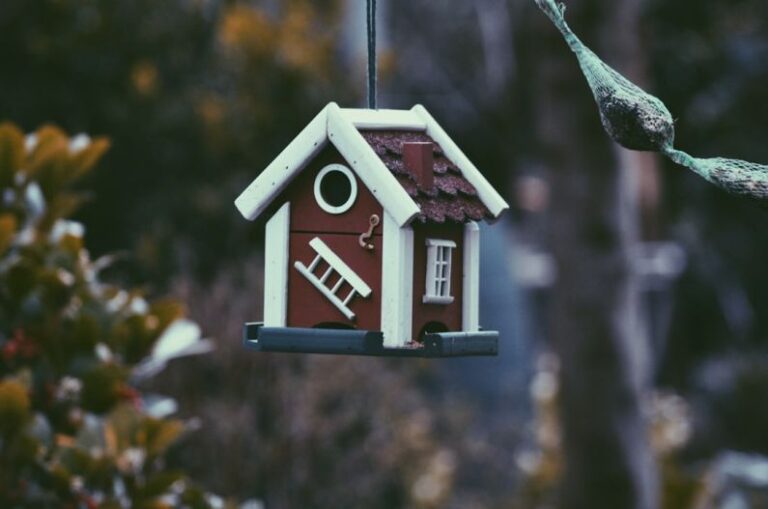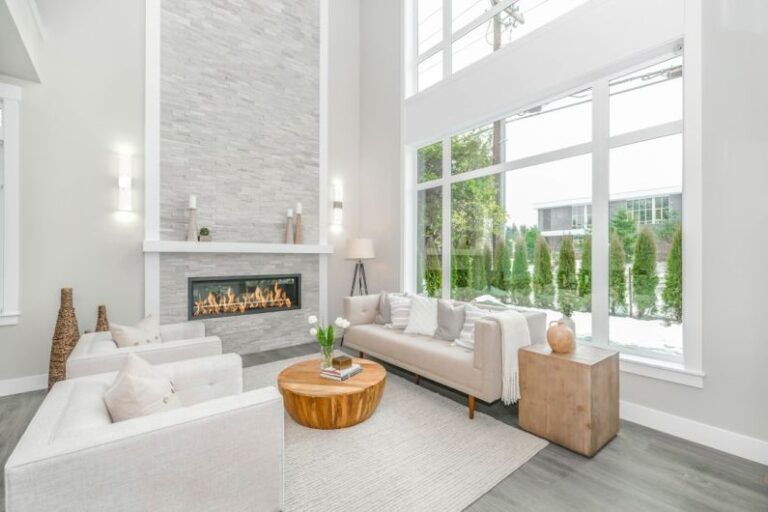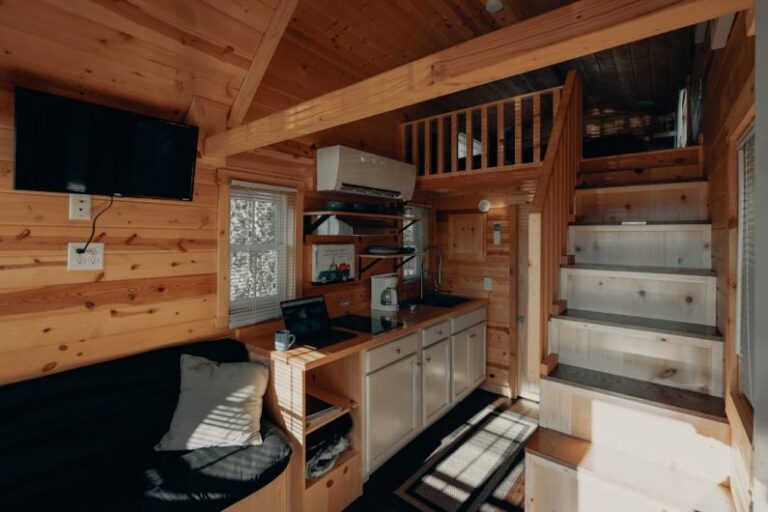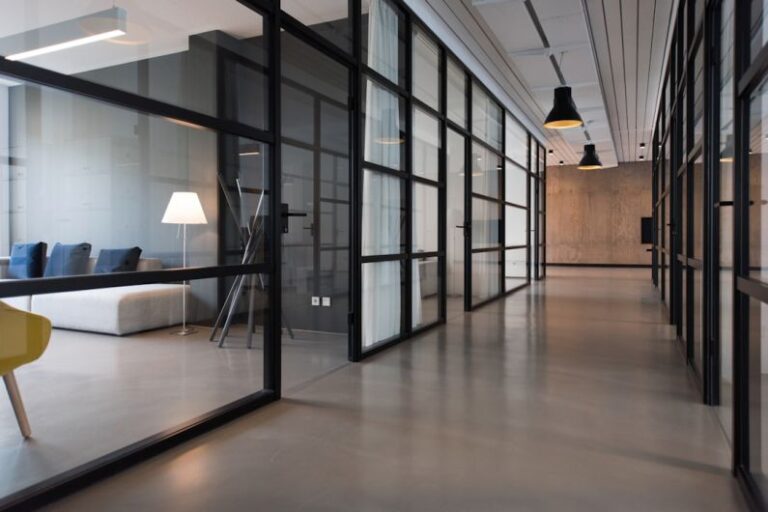
In recent years, there has been a growing emphasis on sustainability and environmental consciousness in various industries, including real estate. Eco-friendly homes are gaining popularity due to their reduced carbon footprint and energy-efficient features. This shift towards environmentally friendly housing options has not only benefitted the planet but also had a significant impact on the real estate market. Let’s delve into the implications of eco-friendly homes on the market.
Demand for Eco-Friendly Homes
The demand for eco-friendly homes has been steadily increasing as more homebuyers are prioritizing sustainability and energy efficiency. People are becoming more aware of the environmental impact of traditional homes and are actively seeking properties that are built with eco-friendly materials and incorporate energy-saving technologies. The rising concern for the environment and the desire to reduce utility costs have fueled the demand for green homes.
Developers and builders have taken notice of this trend and are incorporating green building practices into their projects to meet the growing demand. From energy-efficient appliances to solar panels and sustainable building materials, eco-friendly homes offer a range of benefits that appeal to environmentally conscious buyers. As a result, the market for eco-friendly homes has expanded, with more options available to prospective buyers looking to reduce their carbon footprint.
Increased Property Value
One of the significant impacts of eco-friendly homes on the real estate market is the potential increase in property value. Studies have shown that homes with energy-efficient features and green certifications tend to sell for higher prices compared to traditional homes. Buyers are willing to pay a premium for properties that offer long-term cost savings on utility bills and contribute to a healthier environment.
Additionally, eco-friendly homes have a competitive edge in the market, attracting a larger pool of potential buyers who are willing to invest in sustainable living. The perceived value of green homes, coupled with the benefits they offer in terms of energy savings and environmental impact, has led to an appreciation in property values in many markets. As the demand for eco-friendly homes continues to grow, the market value of these properties is expected to rise further.
Government Incentives and Regulations
Government incentives and regulations have also played a significant role in shaping the market for eco-friendly homes. Many governments around the world have introduced programs and policies to promote sustainable building practices and encourage the adoption of green technologies in the housing sector. These incentives include tax credits, grants, and rebates for homeowners who invest in energy-efficient upgrades or purchase eco-friendly properties.
Furthermore, building codes and regulations have been updated to require higher energy efficiency standards for new construction projects. This has led to an increase in the number of eco-friendly homes being built, as developers strive to meet these requirements and cater to the growing demand for sustainable housing options. Government support for green initiatives has had a positive impact on the market for eco-friendly homes, making them more accessible and appealing to buyers.
Changing Market Dynamics
The rise of eco-friendly homes has also influenced the overall dynamics of the real estate market. Developers and builders are adapting to the shift towards sustainability by incorporating green features into their projects and promoting eco-friendly living. This has led to a diversification of housing options, with eco-friendly homes becoming a mainstream choice for homebuyers across different market segments.
Additionally, the growing popularity of eco-friendly homes has sparked innovation in the real estate industry, leading to the development of new technologies and building practices that prioritize sustainability. From smart home systems to renewable energy solutions, green homes offer a range of modern amenities that appeal to tech-savvy buyers looking for a more efficient and environmentally friendly living space. This evolution in market dynamics has created new opportunities for developers and homeowners alike, driving further growth in the market for eco-friendly homes.
In conclusion,
The impact of eco-friendly homes on the real estate market is undeniable. From the increasing demand for sustainable housing options to the rise in property values and government support for green initiatives, eco-friendly homes have reshaped the way we think about homeownership. As the market continues to evolve, eco-friendly homes are expected to play a key role in shaping the future of real estate, offering a win-win solution for both buyers and the environment.





